Yoga Mudras
Mudras are symbolic gestures or positions, typically involving the hands and fingers, that are used in yogic practices to channel and direct energy. These gestures are an integral part of traditional yoga and are believed to influence the flow of prana (life force energy) within the body. Yoga mudras are commonly employed in meditation, pranayama (breath control), and asanas (yoga postures) to deepen the spiritual, mental, and physical aspects of the practice.
Significance of Mudras in Yogic Practices
Mudras are thought to create a circuit of energy within the body, connecting different energy pathways and facilitating the flow of prana.
Mudras help in focusing the mind by engaging the body in specific ways. This aids concentration and supports meditative practices.
The use of mudras is believed to balance the five elements (earth, water, fire, air, and ether) within the body, promoting overall well-being.
Many mudras are associated with specific aspects of spirituality and are used to deepen one’s connection with higher consciousness.
Certain mudras are believed to have therapeutic effects and are used in the treatment of various physical and mental conditions.
Types of Yoga Mudras and Their Explanations
Below is a list of different types of yoga mudras, each explaining its unique significance and gestures to help you deepen your practice.
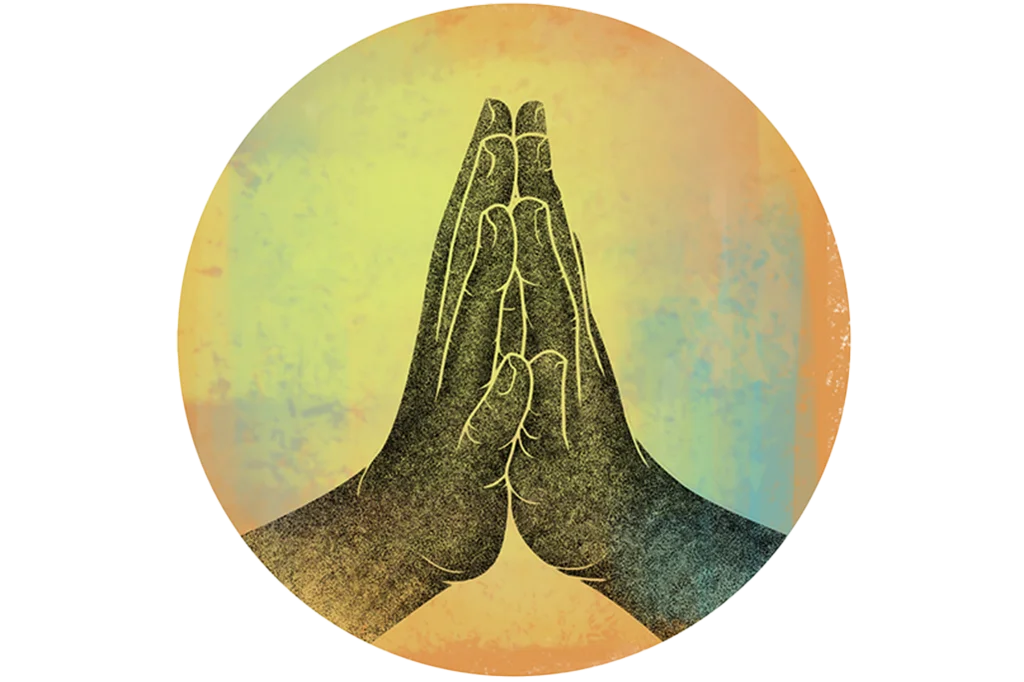
Anjali Mudra
Gesture: Press the palms together in a prayer position at the heart center.
Significance: Represents respect, gratitude, and the unity of opposites.
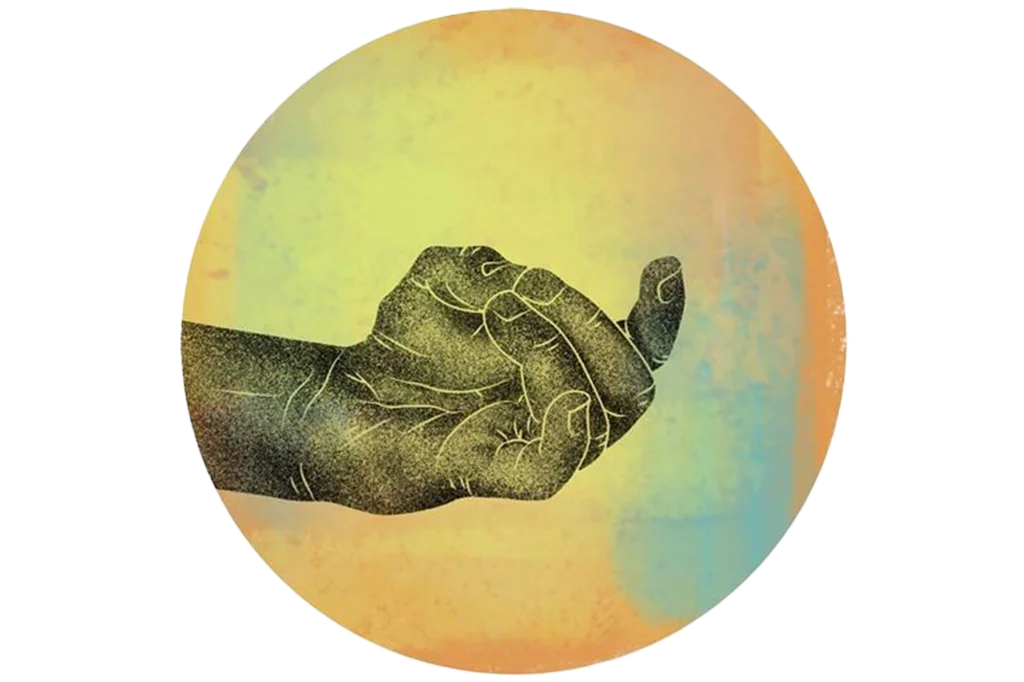
Apana Mudra
Gesture: Join the tips of the thumb, middle, and ring fingers while keeping the other fingers extended.
Significance: Associated with the elimination of waste and toxins from the body.
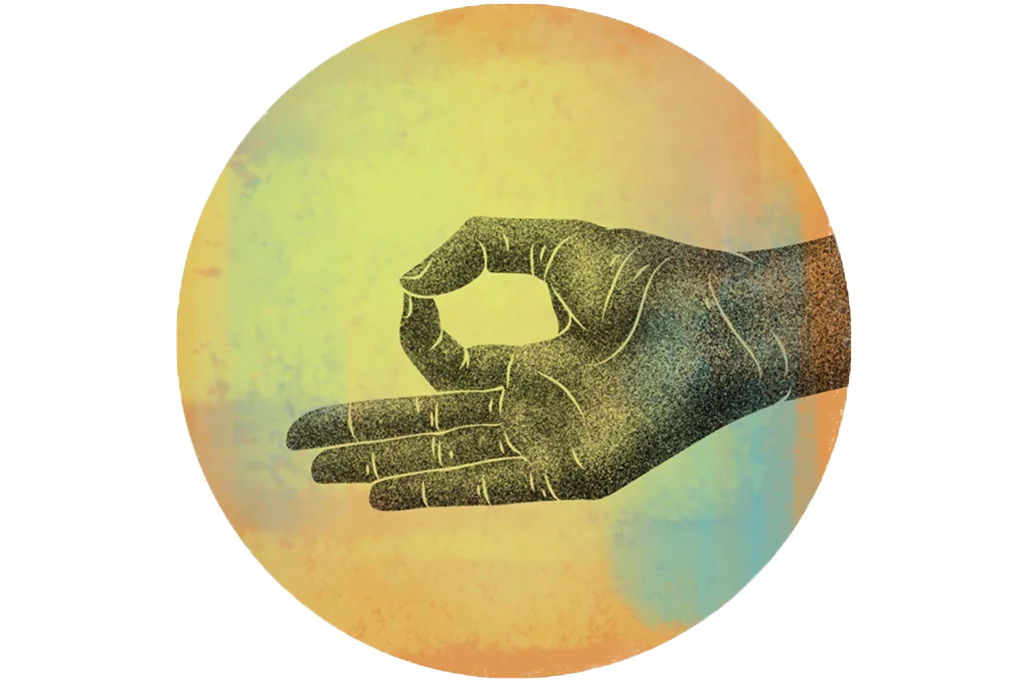
Chin Mudra
Gesture: Bring the tips of the thumb and index finger together, forming a circle, while the other three fingers are extended.
Significance: Symbolizes consciousness and is commonly used in meditation.
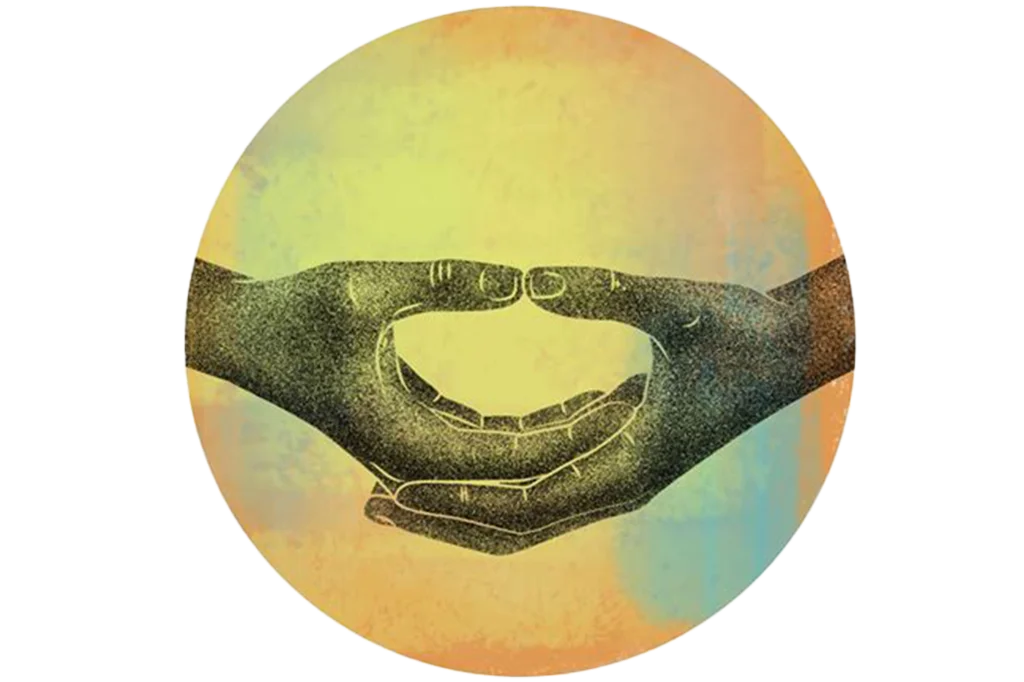
Dhyana Mudra
Gesture: The practice involves joining both hands with upturned palms resting on one’s lap.
Significance: Dhyana Mudra steers the mind into a tranquil state of emptiness, drawing it away from worldly distractions and diversions.

Gyan Mudra
Gesture: Touch the tip of the index finger to the tip of the thumb while keeping the other three fingers extended.
Significance: Enhances concentration, wisdom, and spiritual knowledge.
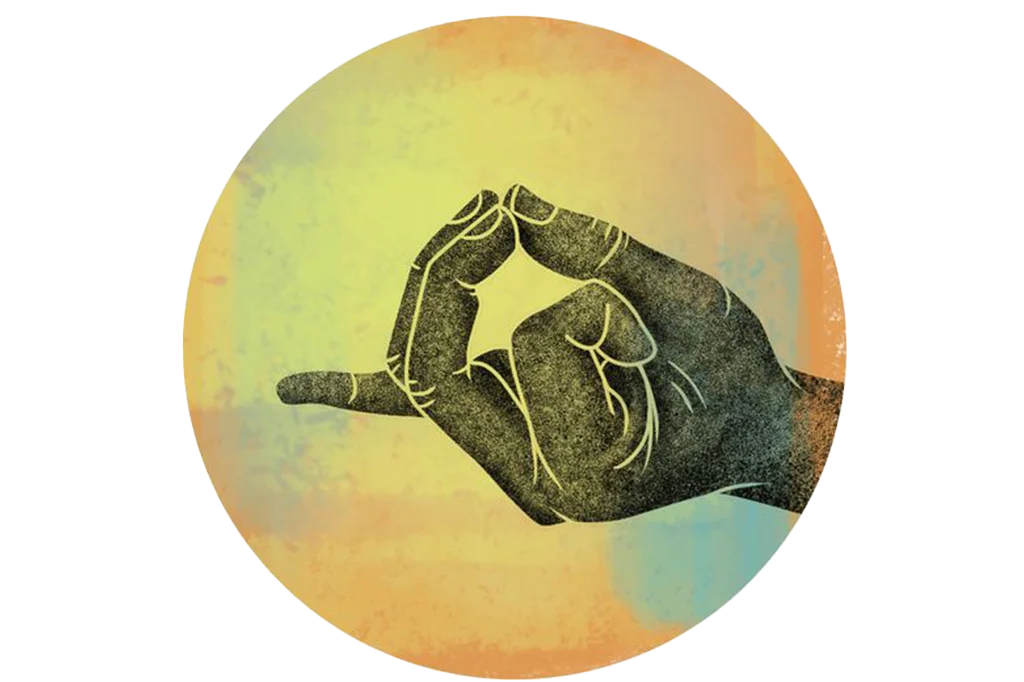
Mrita Sanjeevani Mudra
Gesture: Interlock the fingers, keeping the index and middle fingers straight. Touch the thumbs.
Significance: Believed to revive and rejuvenate the body and mind.
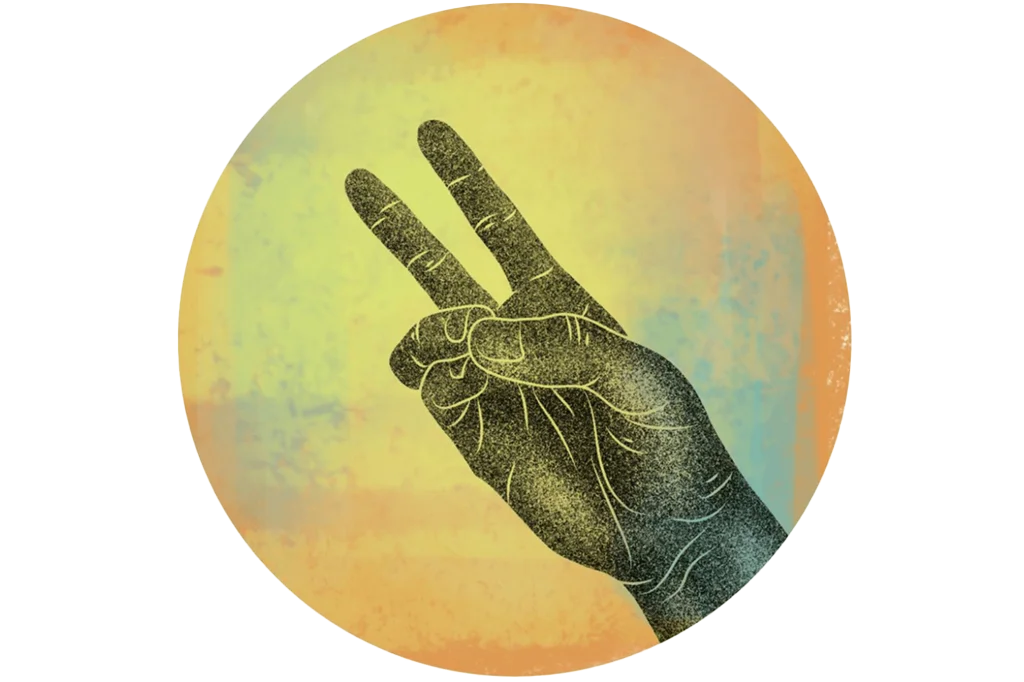
Prana Mudra
Gesture: Join the tips of the thumb, ring, and little fingers while keeping the other fingers extended.
Significance: Enhances the flow of prana and vitality in the body.
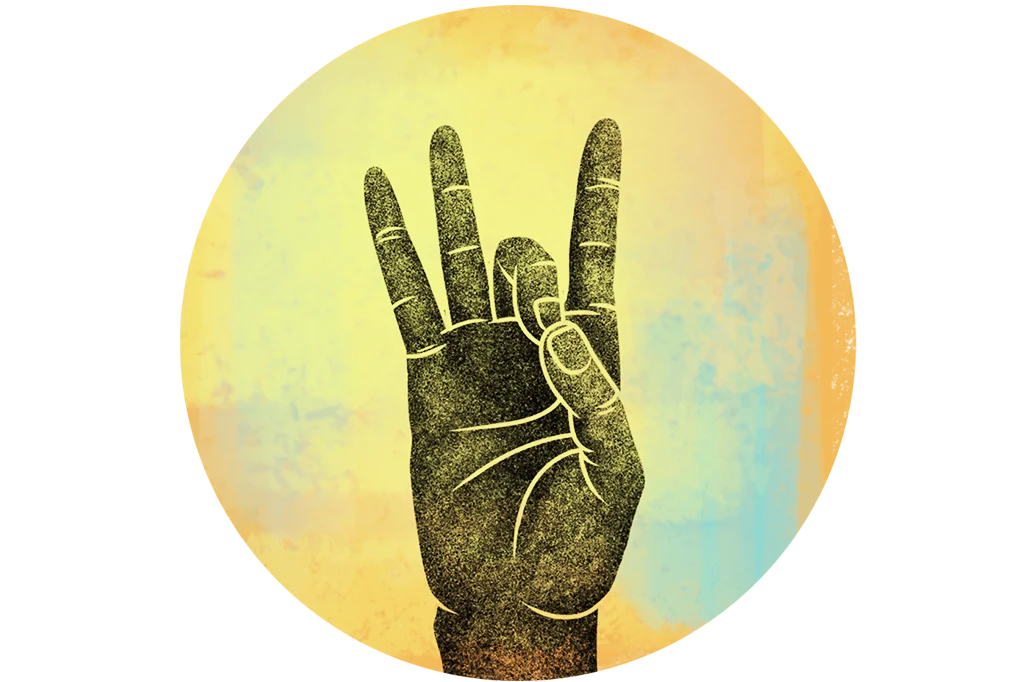
Shuni Mudra
Gesture: Join the tip of the middle finger with the tip of the thumb while keeping the other fingers extended.
Significance: Aids in discipline, patience, and focusing the mind.

Surya Mudra
Gesture: Bend the ring finger to touch the base of the thumb while keeping the other fingers extended.
Significance: Associated with the fire element, it is thought to increase solar or digestive energy.
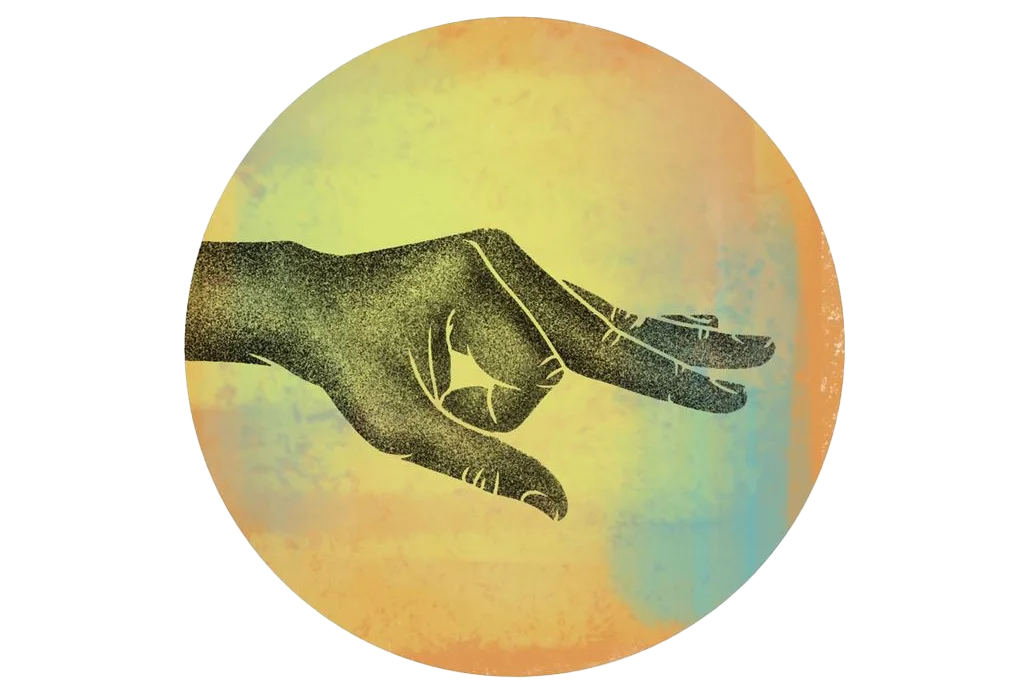
Vayu Mudra
Gesture: Join the index finger with the base of the thumb while keeping the other fingers extended.
Significance: Thought to balance the air element, reducing excess air-related imbalances.
Precautions and Considerations for Yoga Mudra Practice
It’s advisable to learn and practice yoga mudras under the guidance of an experienced yoga instructor, especially if you are new to these practices.
Mudras are often used in conjunction with other yogic practices, such as meditation and pranayama, to enhance their effects.
Individual experiences with yoga mudras may vary, and it’s important to be mindful of your own body and energy during practice.
In summary, mudras play a significant role in yogic practices, influencing the flow of energy and supporting physical, mental, and spiritual well-being. Each mudra has its own unique symbolism and purpose, and their incorporation into yoga practice can deepen the connection between the body, mind, and spirit.
- Patanjali’s Prayer Invocation
- What is Yoga
- History of Yoga
- Philosophy
- The 8 Limbs of Yoga
- Three Margas(Paths) of Yoga
- Asanas
- Prayanama
- Meditation
- Significance of Mudras
- Seven Chakras: An Ancient Guide to Modern Living
- Evolution & Lineages
- Yoga Masters
- Guru – Shishya Relationship
- Patanjali’s Yoga Sutras
- The Shrimad Bhagavad Gita
